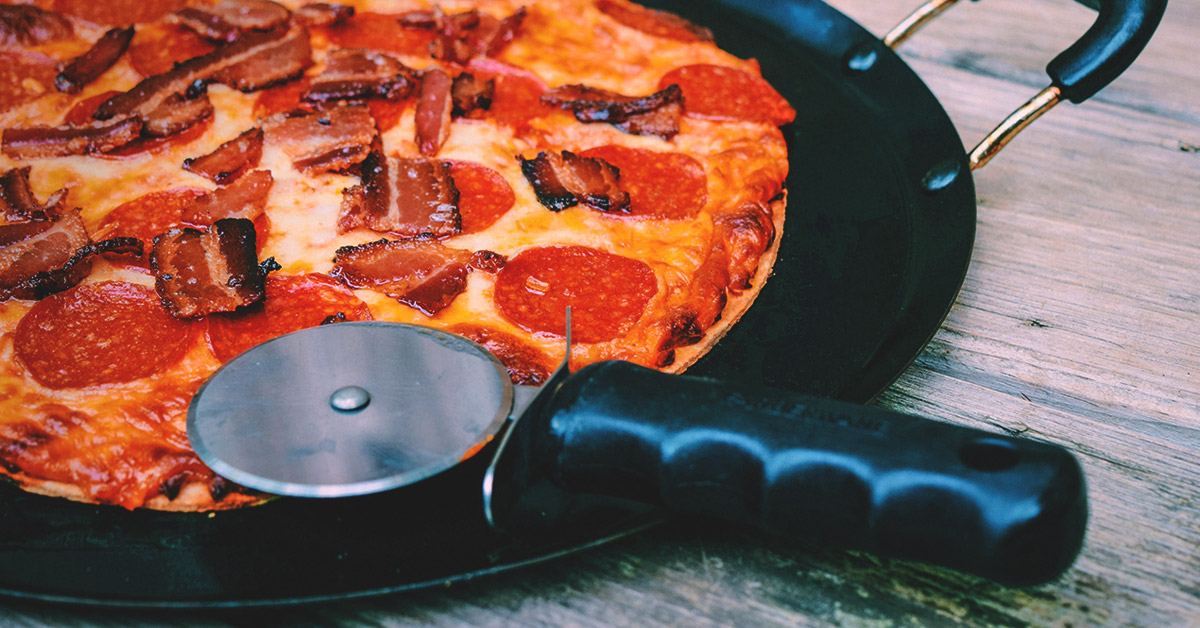Medically reviewed by Katherine Marengo, LDN, RD, specialty in nutrition, on May 9, 2019 — Written by Kimberly Holland
High blood pressure
Around 103 million American adults have high blood pressure (hypertension), according to the American Heart Association. If you have high blood pressure, you can lower your blood pressure by eating a healthy diet.
A healthy diet emphasizes:
- lean protein
- legumes
- whole grains
- low-fat dairy
- fruits and vegetables
Many foods and beverages can prevent you from lowering your blood pressure. Here are nine examples of things to limit or avoid if you have high blood pressure.
Salt
Salt and sodium are villains when it comes to living with high blood pressure and heart disease.
The 2015-2020 Dietary Guidelines for Americans suggests that people with high blood pressure limit their daily sodium intake to just 1,500 milligrams (mg). According to the Mayo Clinic, the average American eats about 3,400 mg a day, more than twice that amount.
The Food and Drug Administration states that around 75 percent of the sodium Americans eat in a day comes from processed foods and salt added to foods at restaurants and other food service establishments. It’s not what they add at the table with a salt shaker.
Some of the saltiest packaged foods include:
- deli meat
- frozen pizza
- vegetable juices
- canned soup
- canned or bottled tomato products
Deli meat
Processed deli and lunch meats can be real sodium bombs. These meats are often cured, seasoned, and preserved with salt.
A 2-ounce serving of some lunch meats could contain 500 mg of sodium or more. If you have a heavier hand with the cold cuts, you’ll get even more sodium. Add bread, cheese, condiments, and pickles, and your simple sandwich can quickly become a sodium trap.
Frozen pizza
All pizzas can be a poor choice for people watching their sodium intake. The combination of cheese, cured meats, tomato sauce, and crust adds up to a lot of sodium. Frozen pizza is especially dangerous for people with high blood pressure.
To maintain flavor in the pizza once it’s been cooked, manufacturers often add a lot of salt.
One serving of a frozen cheese or meat-and-cheese pizza can contain more than 700 mg of sodium, sometimes even more. The thicker the crust and the more toppings you have, the higher the sodium level.











